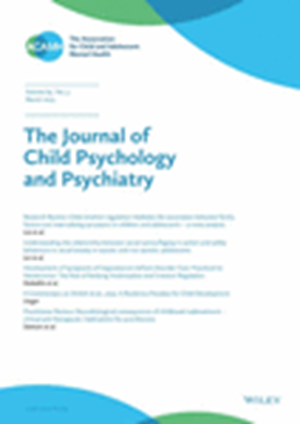Sexual and gender minority identity, peer victimization, and suicidality in adolescents: A mediation study using the ABCD Study
Abstract
Background
Sexual and gender minority (SGM) youth are more susceptible to suicidal ideation and attempts compared to their heterosexual and cisgender peers. Yet, it is unclear how interpersonal and online victimization experiences account for the elevated suicide risks in this population. This study investigates the extent of peer and cyber victimization among SGM youth and its contribution to their higher risks of suicidal ideation and attempts longitudinally.
Methods
Data were from the first three waves of the Adolescent Brain Cognitive Development (ABCD) Study (5,596 9–10-year-old youth; 2,640 [47.2%] female; 3,107 [55.5%] non-Hispanic White). Youth reported sexual and gender identities and experiences of peer (overt, relational, reputational) and cyber victimization. Suicidal ideation and attempts were assessed using youth reports of Kiddie Schedule for Affective Disorders and Schizophrenia for DSM-5. We used mixed-effects logistic regression to quantify the association between SGM identity reported at waves 1–2 (9–11 years) and suicidal ideation and attempts at wave 3 (11–12 years) and longitudinal mediation analysis to determine whether peer and cyber victimization accounted for these associations.
Results
SGM youth were at greater risk for lifetime suicidal ideation (odds ratio [OR] 4.75, 95% CI 3.74–6.03), lifetime suicide attempts (OR 5.87, 95% CI 3.72–9.28), and current suicidal ideation or attempts (OR 4.94, 95% CI 3.19–7.68) compared to non-SGM youth. SGM youth experienced elevated peer (overt: β = 0.40, 95% CI 0.31–0.49; relational: β = 0.43, 95% CI 0.34–0.53; reputational: β = 0.51, 95% CI 0.42–0.60) and cyber victimization (OR 2.35, 95% CI 1.77–3.11). Around 22%–28% of the disparities in current suicidal ideation or attempts were mediated by peer or cyber victimization.
Conclusions
SGM youth are disproportionately affected by both interpersonal and online victimization, which are subsequently associated with their elevated suicide risks. Our findings underscore the urgent need for targeted interventions to foster safer school and online environments to reduce suicide among SGM youth.



 求助内容:
求助内容: 应助结果提醒方式:
应助结果提醒方式:


